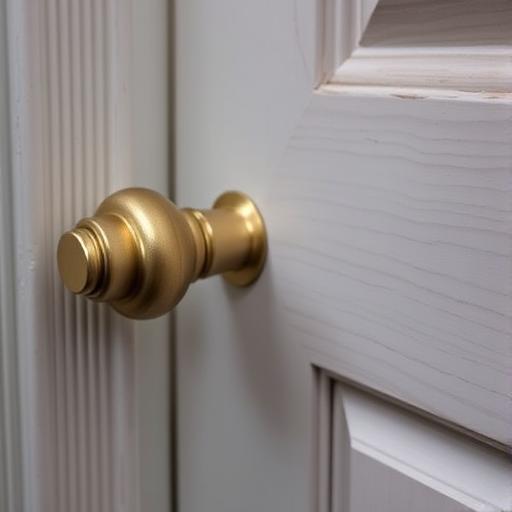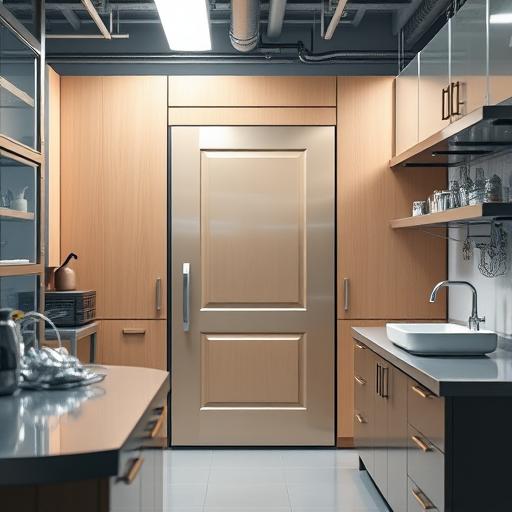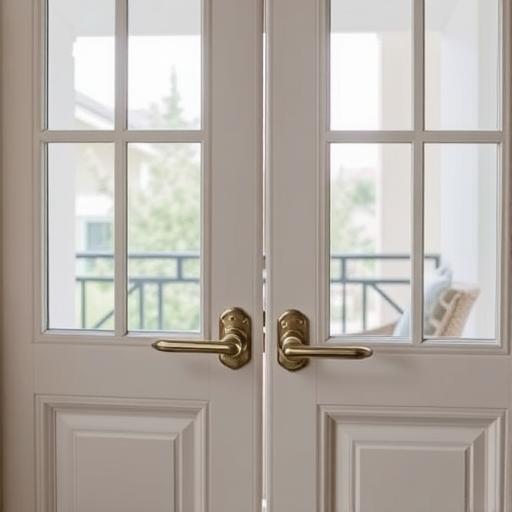How to Turn a Door Knob into a Dummy
Turning a door knob into a dummy is a creative and versatile way to breathe new life into old hardware. Whether you’re decorating a space, working on a craft project, or seeking a practical use for a worn-out knob, this simple yet ingenious transformation requires minimal tools and skills. Let’s dive into the world of dummy door knobs and explore how to create your own with ease.
What is a Dummy Door Knob?
A dummy door knob, also known as a non-functional knob, is a decorative piece that serves no mechanical purpose. Unlike functional knobs, which control locks and latches, dummy knobs are purely ornamental. They are commonly used on cabinets, craft projects, or decorative doors to add visual interest and style. By repurposing a standard door knob into a dummy, you can evoke a unique aesthetic and express your creativity.
Tools and Materials Needed
To turn a door knob into a dummy, you’ll need the following essential tools and materials:
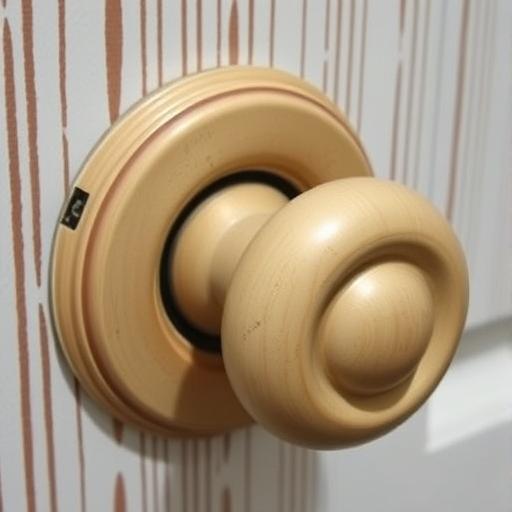
Tools:
+ Screwdriver (Philips or flathead, depending on the knob’s screws)
+ Pliers
+ Sandpaper (fine grit)
+ Cloth or sponge for cleaning
Materials:
+ Original door knob
+ Glue (optional, for adding decorative elements)
+ Paint (optional, for customizing the knob)
Optional tools for advanced customization:
+ Spray paint
+ Stickers or decals
+ Embellishments (e.g., gems, beads, or charms)
Step-by-Step Guide to Turning a Door Knob into a Dummy
Step 1: Remove the Door Knob
To safely remove the knob, follow these steps
- Gather your screwdriver and gently remove the screws on the outer part of the knob.
- If the knob is stuck, apply gentle pressure while turning the screwdriver to avoid damaging the door or screw heads.
- Once the screws are removed, carefully pull off the knob. If the knob is still stuck, use a rubber band wrapped around the knob and the door to grip better while pulling.
Step 2: Disassemble the Knob Mechanism
Separate the internal components from the exterior knob
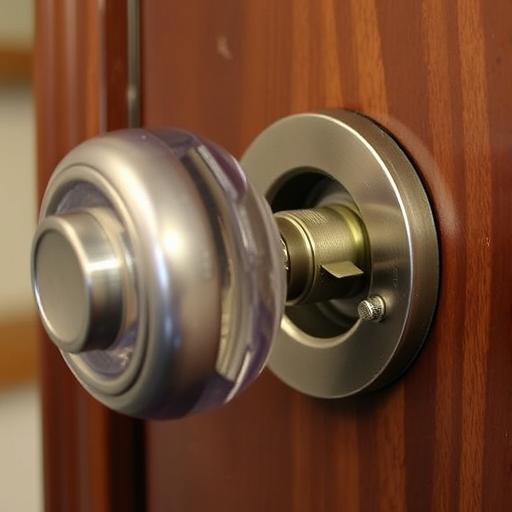
- Remove the interior rose (the metal ring that holds the knob in place) by unscrewing it.
- Carefully pry off the knob using pliers or by gently tapping it with a mallet. Be cautious not to damage the knob or bend the internal partes.
- Once the knob is off, separate the internal components, such as springs, latches, or cams, from the exterior knob.
Step 3: Clean and Prepare the Knob
Prepare the knob for decoration by cleaning and drying it
- Using warm soapy water or sandpaper, remove dirt, rust, or any debris from the knob’s surface.
- Dry the knob thoroughly to prevent corrosion or paint peeling issues when decorating.
Step 4: Modify the Knob for Dummy Use
Disable the locking or turning mechanism to ensure the knob remains stationary
- Remove springs, latches, or cams that control the locking function.
- To secure the knob in place, you can optionally reattach the interior rose with the knob closed or use a small amount of glue to maintain stability.
Step 5: Add Decorative Touches (Optional)
Customize the knob with creative decorative ideas:
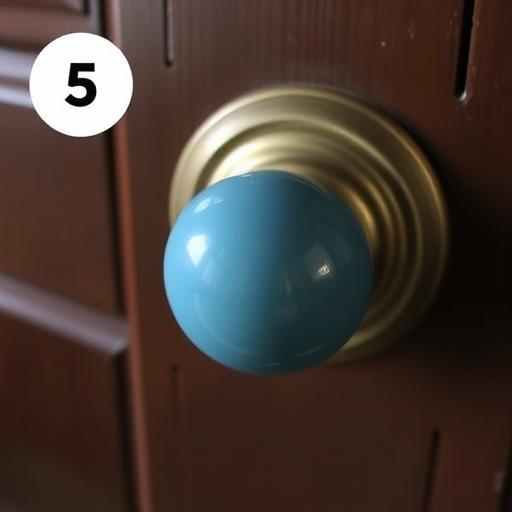
- Paint the knob using acrylic or spray paint for a vibrant or metallic finish.
- Wrap the knob with fabric, twine, or ribbon for a textured appearance.
- Add embellishments like beads, gems, or stickers to create a unique look.
Step 6: Reattach the Knob as a Dummy
Reattach the decorated knob to the door or use it in an alternative application
- For a door application, screwing the interior rose back into place should secure the knob without the need for functional components.
- For other uses (e.g., a wall-mounted decoration or craft project), consider using glue or screws to attach the knob to the desired surface.
Creative Ideas for Using Dummy Door Knobs
Repurposed dummy door knobs can be used in numerous creative ways, such as:
- Drawer pulls: Secure them to furniture drawer fronts for unique handles.
- Jewelry organizers: Mount knobs on a wooden board or wall to create stylish jewelry storage.
- Wall decor: Group knobs together, wall-mount them, and create a captivating display.
- Candle holders: Wrap a knob with wire, attach a tea light cup, and hang the knob on a lower-profile wall.
- Magnetic knife rack: Attach magnets to a knob, secure it to a backsplash, and use it as a knife storage solution.
Before and after photos or examples can inspire readers and demonstrate the transformative power of dummy door knobs.
Benefits of Turning a Door Knob into a Dummy
There are numerous advantages to turning a door knob into a dummy:
- Cost savings: Repurposing old hardware instead of purchasing new decorative items saves money.
- Environmental benefits: Upcycling reduces waste and conserves resources.
- Personalization: Creating something unique and tailored to your style can bring immense satisfaction and add a special touch to your living or working space.
Conclusion
Transforming a door knob into a dummy is a rewarding and simple DIY project that offers numerous decorative and practical applications. By following this comprehensive guide, you can turn an old, worn-out knob into a stunning accent piece or functional element that reflects your creativity and personal style. Don’t be afraid to experiment with your own ideas, and share your projects or ask questions in the comments below!
FAQ
Can I use any type of door knob for this project?
– Yes, most door knobs can be repurposed, but simpler designs may be easier to work with. Inverted or mounting hardware may require additional considerations.
Do I need special tools to turn a door knob into a dummy?
– No, basic tools like a screwdriver and pliers are sufficient for this project.
How can I make my dummy door knob more decorative?
– Consider painting, adding stickers, or attaching small embellishments like gems, beads, or charms to create a customized look.
Can I reuse the internal components of the door knob for other projects?
– Yes, springs, screws, and other parts can be repurposed for DIY projects or repairs, such as fixing hinges, making jewelry, or creating simple toys for pets.
Is this project suitable for beginners?
– Absolutely! This project is simple and requires no prior experience, making it an excellent DIY task for beginners and experts alike.

